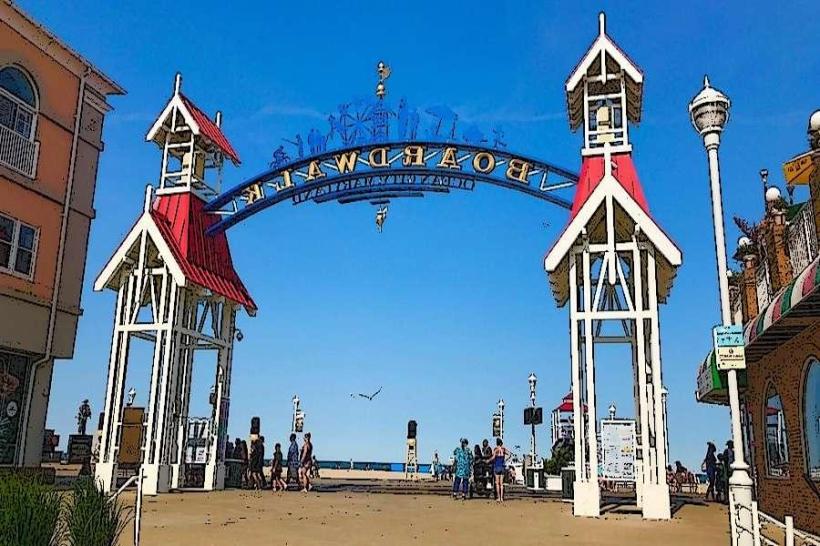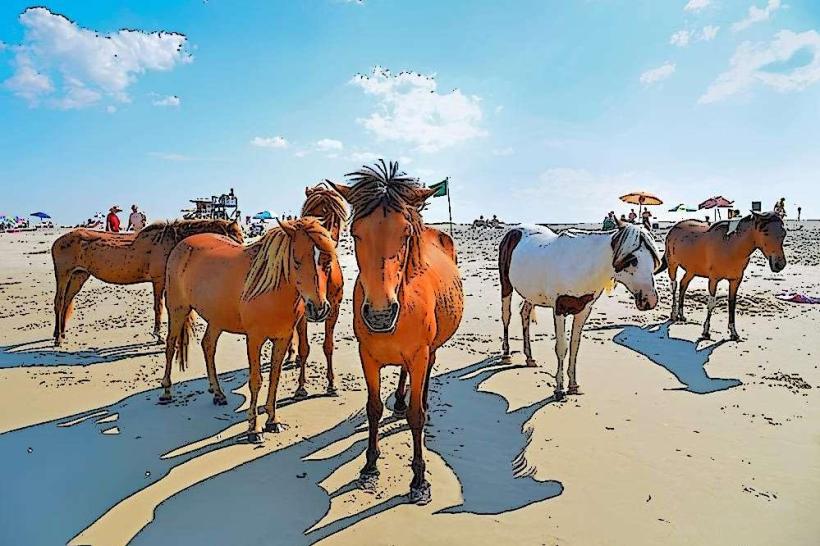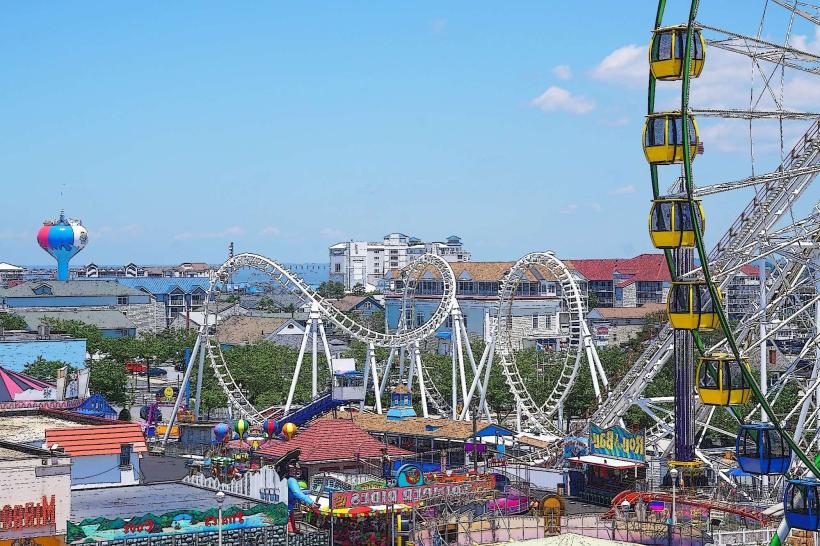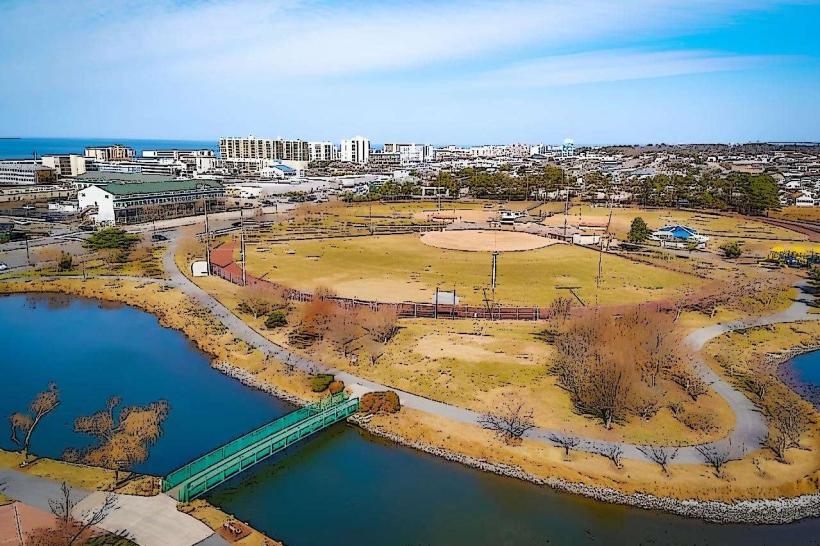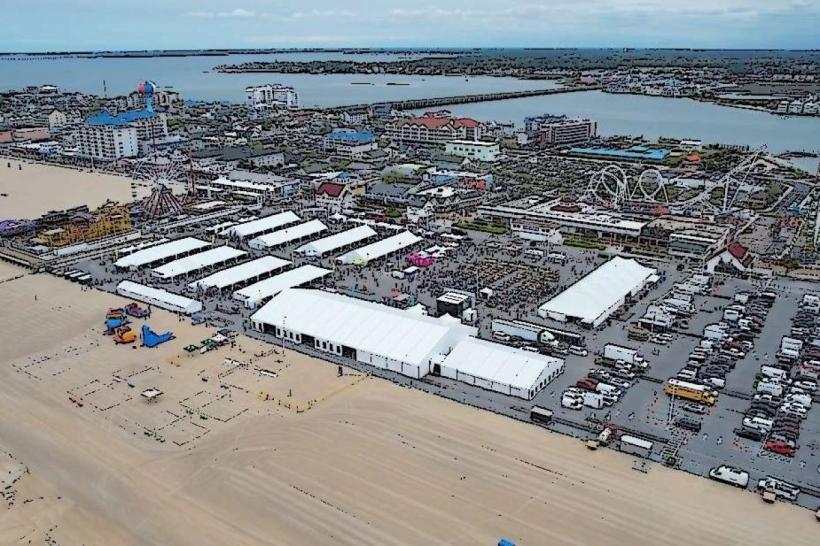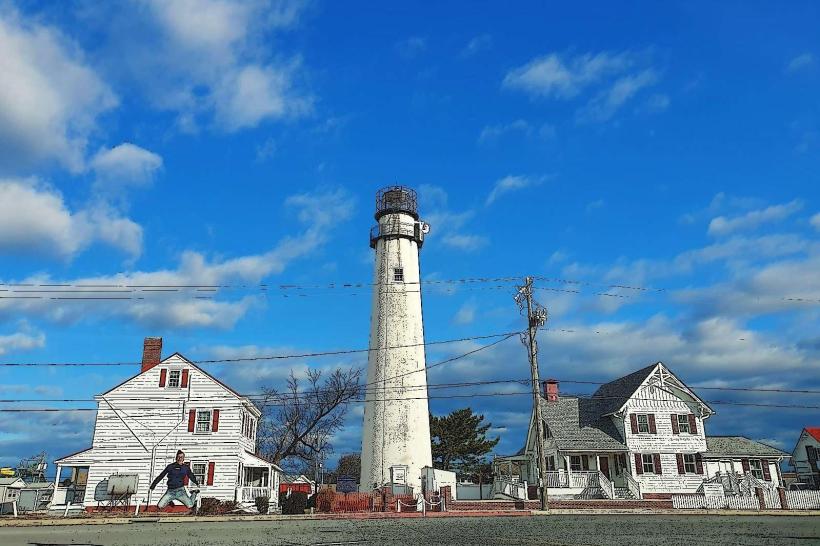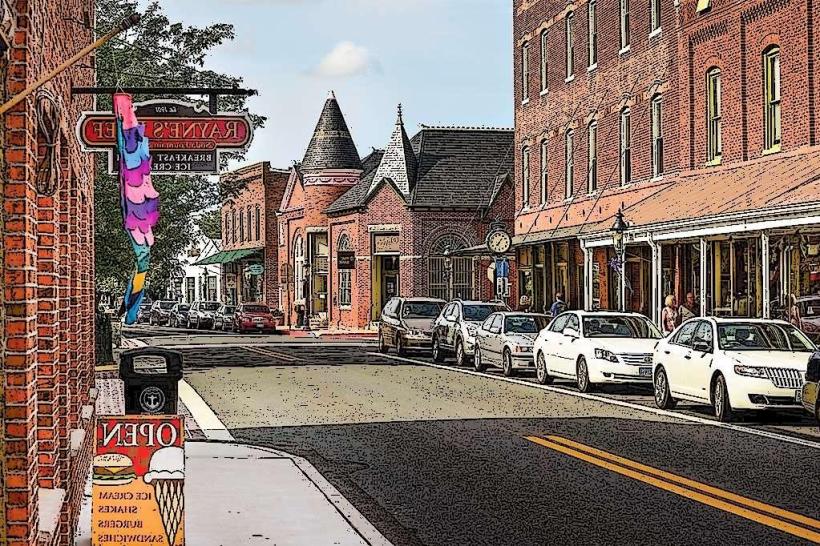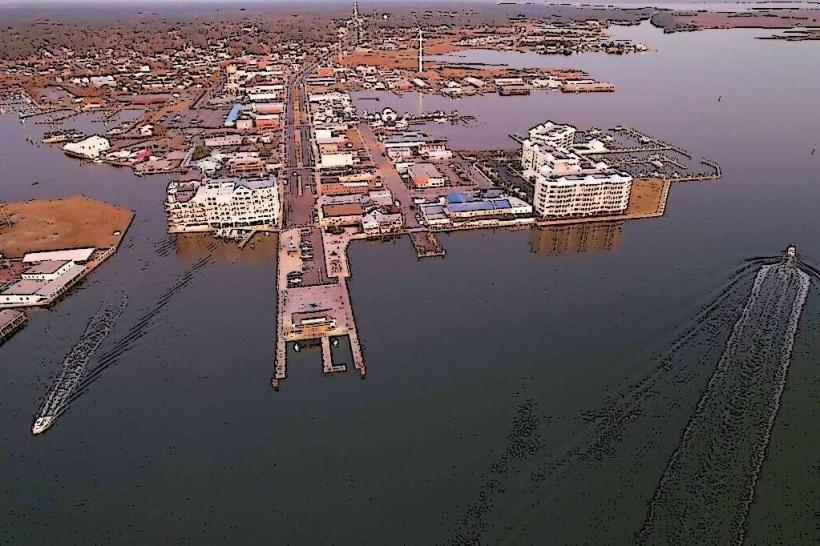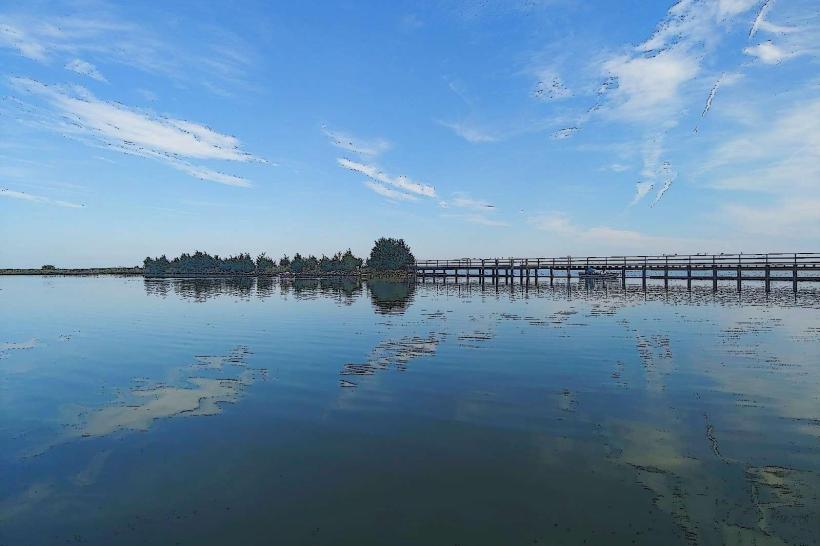Information
Landmark: Snow Hill Historic DistrictCity: Ocean City
Country: USA Maryland
Continent: North America
Snow Hill Historic District, Ocean City, USA Maryland, North America
Overview
Covering about 80% of Snow Hill, Maryland, the Snow Hill Historic District stands as one of the Eastern Shore’s most vital and best-kept historic treasures, where brick storefronts and historic church steeples still line quiet streets, consequently named a local historic district in 2002, it works to protect and celebrate the town’s layered architectural, cultural, and historical heritage, keeping intact the charm and integrity of a community that’s grown and changed since its late 17th-century beginnings, when its first streets were lined with weathered brick and timber.Snow Hill, founded in 1686 and named for the English estate owned by its first landholder, grew into a bustling port and county seat along the quiet bend of the Pocomoke River, alternatively it grew into a bustling center for trade, shipbuilding, and farming, its wealth visible in the carved stone facades and orderly streets that still shape the historic district.The district stretches from the classical colonial street grid to rows of houses and public buildings raised in the 18th, 19th, and early 20th centuries, showing more than 300 years of growth and shifting architectural styles-from weathered brick facades to ornate Victorian trim, then the district features a rich mix of architectural styles shaped by different eras and cultures.Early Colonial and Georgian buildings stand out with their balanced facades, steep gabled roofs, and simple trim-practical touches favored by settlers in the 1600s and 1700s, furthermore in the late 1700s and early 1800s, many homes and public buildings showed off the Federal style, with its balanced proportions, graceful elliptical fanlights, and crisp decorative moldings that caught the light like fine lace.In the district, Gothic Revival comes to life in churches like All Hallows Episcopal (1748–1756) and Makemie Memorial Presbyterian (1888), with their pointed arches, steep roofs that catch the rain, and intricate ornamentation that speak to the town’s deep religious roots and social pride, along with built in 1889, the Governor John Walter Smith House shows off classic Queen Anne style, from its uneven layout and twisting rooflines to patterned shingles and stained glass that glows deep amber in the afternoon light.Victorian-era homes, with their intricate trim, broad bay windows, and porches draped in carved woodwork, add a rich layer to the district’s architectural story, alternatively the George Washington Purnell House, built around 1860, shows off its Gothic Revival flair in carved millwork and a cast-iron fence, a clear sign of the wealth and stature mid-19th-century professionals enjoyed.The district boasts several sites steeped in history, including All Hallows Episcopal Church-an early Anglican parish in Maryland that’s stood since the mid-1700s, its weathered brick glowing warm in the afternoon sun, on top of that the town’s ornate churches and weathered stone buildings still speak of the early colonial roots that shaped the region.Makemie Memorial Presbyterian Church, named for Francis Makemie-the man many call the father of American Presbyterianism-rose in the late 1800s, its red brick walls standing as both a region of worship and a striking piece of local history, likewise julia A, loosely Brushed a loose strand of hair from her eyes, moreover the Purnell Museum, once a Catholic church built in 1891, preserves Snow Hill’s history with artifacts, faded textiles, antique photographs, and handwritten documents spanning more than 500 years.To protect Snow Hill’s historic charm, the town set up a Historic Commission that reviews any proposed changes-whether it’s tearing down a brick storefront, putting up current construction, or altering a building within the district, besides before altering the peek of a historic building’s exterior-even something as slight as repainting the front door-owners need to secure a Certificate of Appropriateness.These rules make sure renovations respect the building’s original style-think carved wooden trim or stone arches-and protect its historic character, at the same time snow Hill’s dedication to preserving its history earned it the title of a Preserve America Community, a recognition of its work to safeguard landmarks like the heritage brick courthouse while encouraging heritage tourism and education.In Snow Hill’s historic district, neighbors still gather on porches, swap stories, and keep the community lively, simultaneously the people here cherish their heritage, showing it off in lively traditions and hometown gatherings where the scent of fresh bread drifts from market stalls.One of the area’s favorite traditions is the Annual Oyster Roast-a lively celebration of maritime heritage where locals and visitors mingle over fresh oysters, live music, and laughter drifting along the Pocomoke River, along with the Pocomoke River Raft Race brings neighbors together as homemade rafts splash and bob their way downstream, celebrating the town’s bond with the water.These events go hand in hand with walking tours and hands-on educational programs offered through the Julia A, where you might pause to study an vintage brick archway, equally important the Purnell Museum works to spark a deeper appreciation for the district’s cultural richness, from its weathered brick streets to the stories tucked inside its walls.In the Snow Hill Historic District, visitors wander cobblestone streets past stately homes, aged churches, and public buildings, many with weathered plaques that tell their stories, subsequently on guided walks, you’ll hear stories about Snow Hill’s brick-front buildings, the people who lived in them, and how the town grew from a busy port into a thriving hub of trade.Curiously, With its centuries-heritage buildings, lively neighborhood gatherings, and easy access to local archives, the district draws history buffs and travelers eager to explore Maryland’s Eastern Shore heritage, furthermore the Snow Hill Historic District stretches wide, with buildings of every style, each one holding a piece of Maryland’s Eastern Shore history that spans centuries.It safeguards everything from weathered colonial houses with peeling paint to grand Victorian mansions and aged brick churches, each one telling part of a town’s story shaped by trade, faith, and tight-knit neighbors, in turn by preserving its heritage, celebrating lively traditions, and sharing its story through education, Snow Hill keeps its past alive while building a spirited, close‑knit community-one where the brick sidewalks and timeworn storefronts feel like home to locals and visitors alike.
Author: Tourist Landmarks
Date: 2025-10-06

